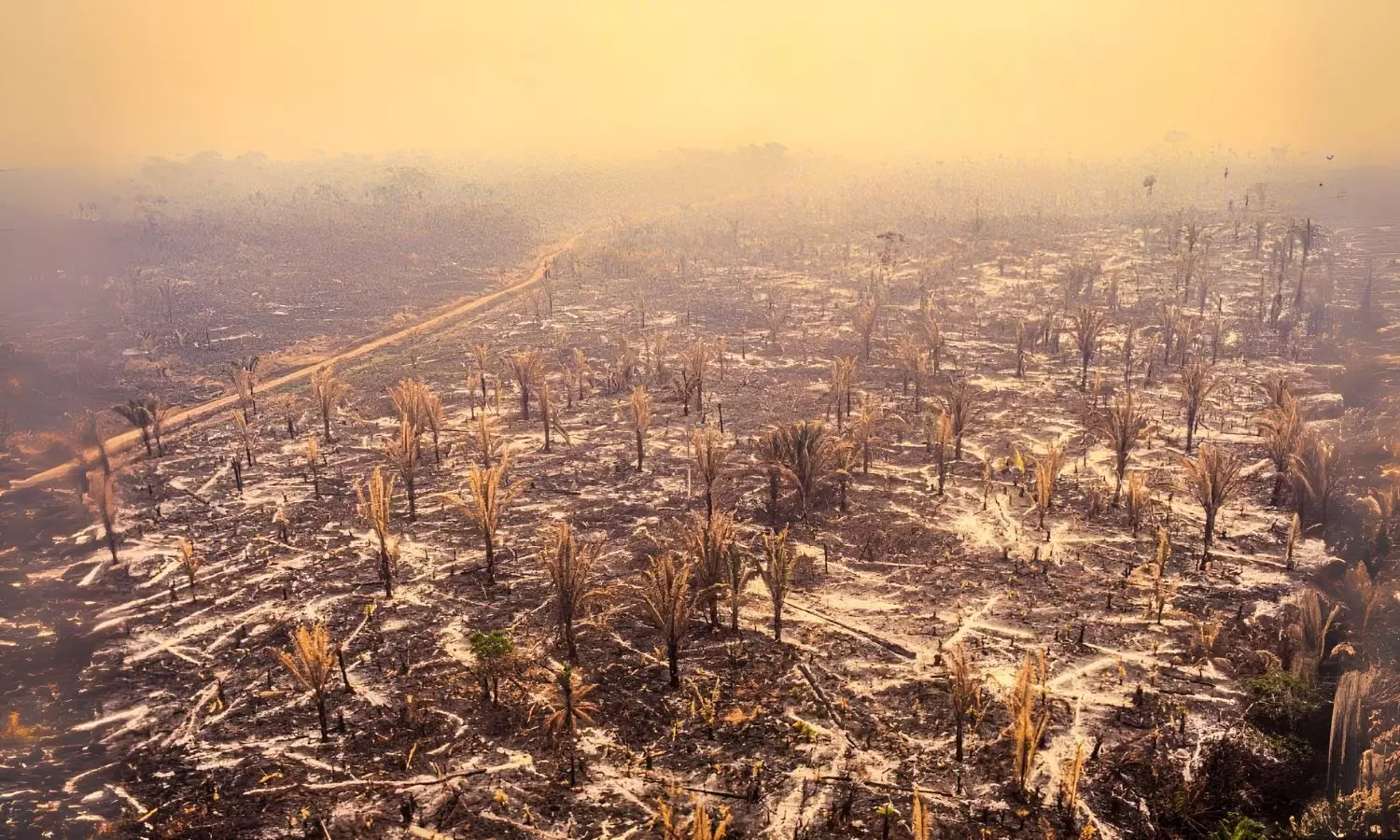Study: Earth Awaits New Human And Mammal Extinction
A study published in the journal of Nature Geoscience claims that the continents in the planet are moving and drifting slowly to become a supercontinent called Pangea Ultima.
Study: Earth Awaits New Human And Mammal Extinction

A study published in the journal of Nature Geoscience claims that the continents in the planet are moving and drifting slowly to become a supercontinent called Pangea Ultima.
The study concludes that the formation of the new continent will lead to significant changes in the earth’s climate. It specifies that the climate in the planet will become too hot and dry, making the existence of living beings a challenging task. The increase in climate temperatures can take place due to several reasons including, continentality effect, hotter sun and more carbon dioxide (CO2) in the atmosphere. Continentality effect is a phenomenon where formation of supercontinent results in hot temperatures.
With the merger of continents, the inland areas will face a lack of water bodies resulting in a hotter atmosphere. During the coming years, the sun is set to become hotter and brighter, thereby emitting more energy to Earth. This will also exacerbate the volcanic activity, which is the main driver of the CO2 release.
The earth is set to become hot with temperatures ranging between 40 to 50 degrees Celsius or 104 to 122° Fahrenheit,supported by high humidity levels. The surge in temperatures would also lead to extinction of many other species.
Notably, the researchers used the model of tectonic plate movement and ocean chemistry to predict the future of carbon dioxide. As of now, the CO2 level is at 400 parts per million, however it will increase to over 600 ppm in the coming years. If adequate actions are not taken immediately, the future of humanity stands to remain uncertain.
The research was led by Dr Alexander Farnsworth, a senior research associate at the University of Bristol along with a team of researchers.
Glimpse of mass extinction events
The earth has witnessed five mass extinction events. Notably, about 85% of marine life got wiped out during the Ordovician-Silurian Extinction. This happened 443 million years ago. On the other hand, Late Devonian Extinction took place around 360 million years ago killing over 75 percent of species.
The Permian-Triassic Extinction, also called 'The Great Dying' led to severe climate change, acid rain and ocean acidification. This was caused by the release of massive amounts of lava followed by a volcanic eruption in today’s Siberia. The incident took place 252 million years ago.
Around 200 million years ago, the Triassic-Jurassic Extinction killed 50 per cent of the species.
The Cretaceous-Paleogene Extinction occurred around 66 million years ago killing all the dinosaurs besides 75 percent of the species.

